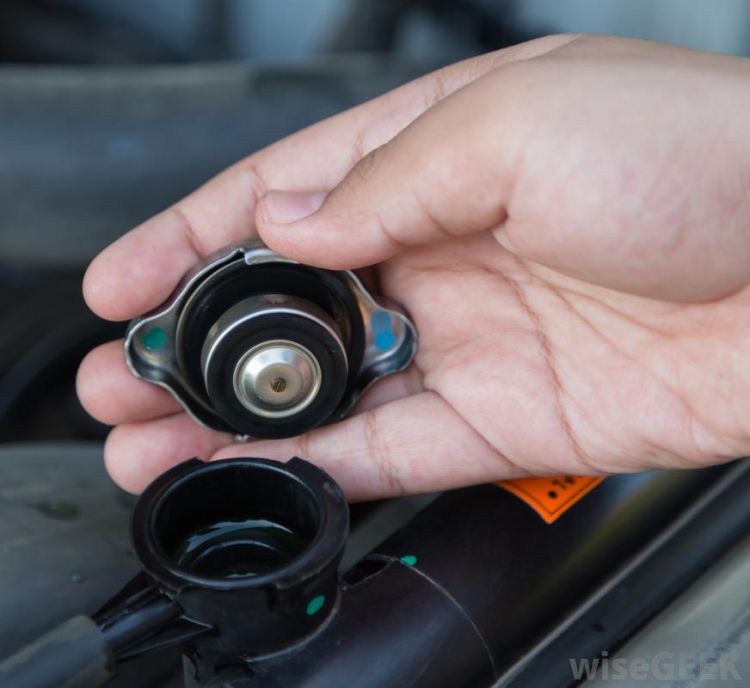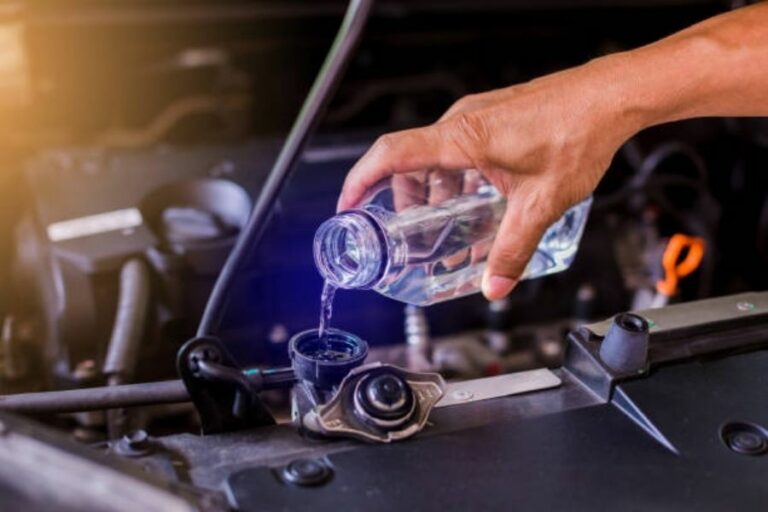Brilliant Strategies Of Tips About How To Check Your Radiator Fluid

Your vehicle’s head gasket seals the space between its cylinder head and engine block.
How to check your radiator fluid. Checking your car’s coolant levels is simple and should be done at every oil change. How to know when you need to change or flush your coolant. The overflow tank (which some old cars may not have) and the radiator itself.
264k views 7 years ago. Learn how to check and add radiator fluid with this guide from wikihow: Check the car's radiator coolant level to prevent it from dropping damaging levels;
To keep your cooling system cool, check the fluid level in the system and, if necessary, add water and coolant (see below for how to add fluid directly to a radiator). The first sign that there is an issue with the cooling system in your vehicle will often come from the temperature gauge. Do you need new antifreeze or a radiator flush?
There are two places under your hood to check coolant level: The radiator fluid should be visible with the fluid level between the two points marked on the tank. Learn 4 different methods to test your coolant inc.
71k views 6 years ago. How to check radiator fluid levels. How to check a car's radiator fluid.
If the radiator fluid is discolored, that’s a sign the additives are worn out and. Find and remove fluid filler plug. To open the radiator, press down on the radiator cap with the palm of your hand, then turn roughly half a turn.
Do you know where to find your car's. Maintaining the correct levels of radiator fluid helps protect your engine from stresses. Here's everything you need to know about how to safely.
Low radiator fluid can cripple your engine but a quick check can save you plenty of time and money. Open your hood and locate your radiator and coolant reservoir. Topping off (if necessary) the cost of not looking after your transmission.
Keep an eye on the temperature gauge. If the head gasket fails, coolant, and engine oil may mix. This will allow the cap to be removed and set in a safe place.
If your radiator fluid is low or contaminated, your engine may overheat or seize up, causing serious damage to your vehicle and possibly leaving you on the side of the road!


















